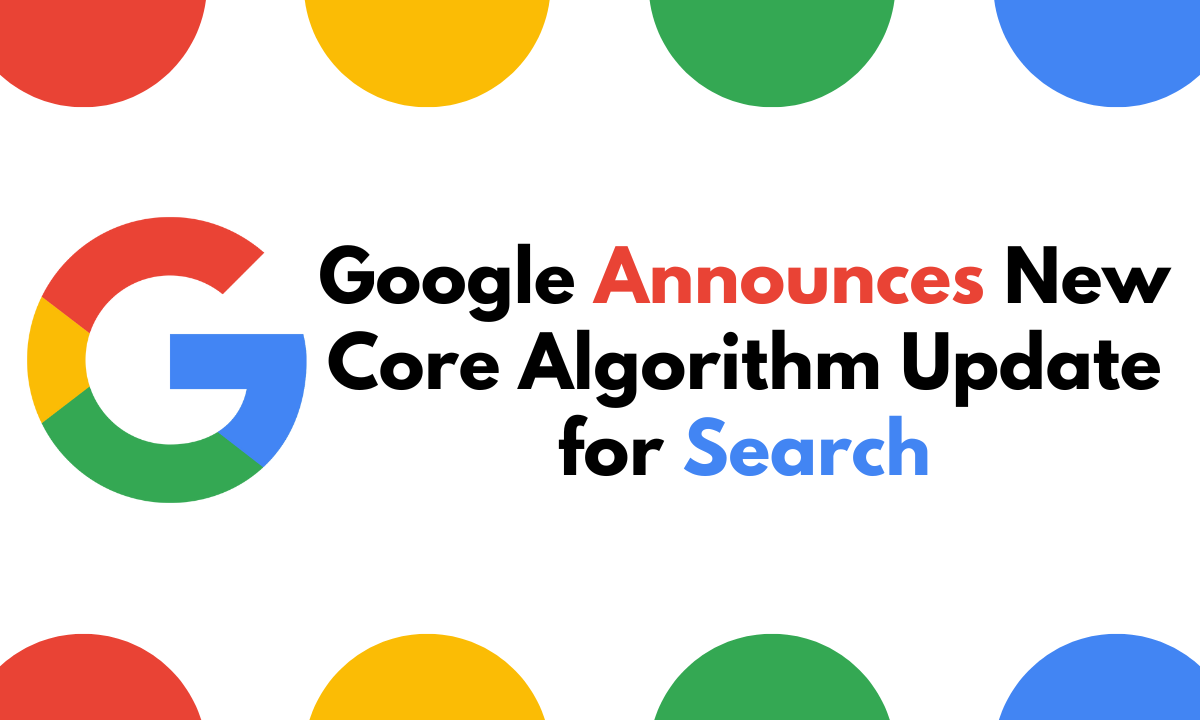Originally published on LinkedIn.
A market analysis is a powerful tool to understand your customers and competitors, giving you a better chance of success. It’s a comprehensive study of the market you operate in, providing crucial insights to guide your decisions and increase your chances of success. By understanding the overall market landscape, your target audience, and the competitive playing field, you can navigate challenges, capitalize on opportunities, and develop a winning strategy.
Why Conduct a Market Analysis?
Imagine launching a product without understanding customer needs or entering a market saturated with established competitors. A market analysis helps you avoid such pitfalls by offering a wealth of benefits:
- Reduced Risk: Identify potential challenges and opportunities before they derail your plans. Make data-driven decisions that mitigate risk and pave the way for success.
- Targeted Products and Services: Deeply understand your target audience’s needs and preferences. Tailor your offerings for a better fit, leading to increased customer satisfaction, loyalty, and higher sales.
- Competitive Advantage: Gain insights into your competitors’ strengths and weaknesses. Develop a unique selling proposition (USP) that sets you apart and attracts customers, establishing a dominant position in the market.
- Optimized Marketing: Identify the most effective marketing channels to reach your target audience. Allocate resources efficiently and maximize your return on investment (ROI) by creating targeted marketing campaigns.
A Step-by-Step Guide to Conducting a Market Analysis
A thorough market analysis is a multi-step process. Here’s a detailed breakdown to guide you through each stage:
Define Your Goals
The first step is to have a clear understanding of what you hope to achieve with your market analysis. Are you looking to:
- Launch a new product or service?
- Enter a new market segment?
- Gain a deeper understanding of your existing customer base?
- Refine your marketing strategy?
- Identify new growth opportunities?
Having well-defined goals ensures your research is focused and gathers the most relevant information to address your specific needs.
Research the Market Landscape
Get a broad understanding of the industry you operate in. Analyze current trends, growth forecasts, and key metrics like market size and value. Here are some resources to leverage:
- Industry Publications: Subscribe to industry magazines, journals, and research reports for in-depth analysis and expert insights.
- Government Data: Government websites often provide valuable data on industry size, growth trends, and economic indicators.
- Industry Association Websites: Many industries have established associations that publish market research and reports relevant to their members.
- Market Research Firms: Consider partnering with market research firms for specialized reports and data analysis tailored to your specific industry segment.
Remember to prioritize reputable sources and ensure the data you use is current and accurate.
Identify Your Target Audience
Move beyond basic demographics like age and income. Develop a buyer persona – a detailed profile that captures your ideal customer’s characteristics, behaviors, and motivations. Here’s how to create a buyer persona:
- Conduct Surveys and Focus Groups: Gather real-world insights directly from potential customers. Ask questions about their needs, pain points, buying habits, and decision-making processes.
- Analyze Existing Customer Data: Leverage customer relationship management (CRM) systems and website analytics to understand the demographics, purchase history, and online behavior of your current customer base.
- Social Media Listening: Monitor relevant social media conversations to understand the online behavior and preferences of your target audience.
By understanding your target audience’s demographics, psychographics (values, interests, and lifestyles), needs, pain points, and buying behaviors, you can tailor your marketing messages, product development, and overall customer experience to resonate with them effectively.
Analyze the Competition
Identify your main competitors and thoroughly research their products or services. Here’s what you should analyze:
- Product or Service Offerings: Understand their product features, pricing strategies, and value propositions. Identify any gaps in the market that your business can address.
- Marketing Tactics: Analyze their marketing channels, messaging, and brand positioning. Learn from their successes and identify areas where you can differentiate yourself.
- Strengths and Weaknesses: Evaluate their competitive advantages and disadvantages. Look for areas where you can outperform them, such as superior customer service, innovative product features, or a more targeted marketing approach.
Resources for competitor analysis include competitor websites, social media presence, customer reviews, press releases, and industry publications. By understanding your competitors’ strategies, you can develop a competitive edge and carve out a unique space in the market.
Understanding Your Buyer’s Journey
A critical aspect of market research involves understanding your target audience’s buyer’s journey. This refers to the stages customers typically go through before making a purchase. By understanding these stages, you can tailor your marketing and messaging to resonate with them at each step. There are typically three main stages:
- Awareness Stage: Here, potential customers become aware of their problems or needs. They might experience a pain point or recognize an opportunity for improvement in their lives.
- Marketing Strategy: Create informative blog posts, social media content, or videos that address their initial concerns and introduce your brand as a potential solution provider.
- Example: An accounting software company might create blog posts on “Common Tax Mistakes Individuals Make” or “5 Ways to Automate Your Bookkeeping Process.”
- Consideration Stage: Customers actively research solutions and evaluate different options. They might compare features, pricing, and brand reputations before making a shortlist.
- Marketing Strategy: Develop white papers, case studies, or webinars that showcase your expertise and how your product or service addresses their specific needs. Offer free trials or consultations to allow potential customers to experience your product firsthand.
- Example: The accounting software company could create a white paper on “Choosing the Right Accounting Software for Your Small Business” or offer a free trial of their software with a limited number of features.
- Decision Stage: Customers compare options and make a final purchasing decision. They weigh the pros and cons of each option and might prioritize factors like price, features, ease of use, or customer support.
- Marketing Strategy: Offer product demos, free trials, or consultations to help convince them to choose you. Highlight testimonials from satisfied customers and showcase social proof like positive reviews.
- Example: The accounting software company could offer a live product demo showcasing the ease of use of their software and highlight testimonials from small business owners who have benefited from using their product.
By understanding the buyer’s journey, you can create targeted content and marketing campaigns that resonate with potential customers at each stage, guiding them toward a purchase decision.
Perform a SWOT Analysis
Evaluate your Strengths, Weaknesses, Opportunities, and Threats (SWOT) to gain a comprehensive understanding of your internal capabilities and the external environment you operate in.
- Strengths: Identify your competitive advantages. This could be your brand reputation, unique product features, strong customer service, or a dedicated team with specialized skills.
- Weaknesses: Analyze your internal limitations. This might include limited resources, lack of brand awareness, or a product with fewer features compared to competitors.
- Opportunities: Explore potential growth opportunities in the market. Look for emerging trends, unaddressed customer needs, or new market segments you can enter.
- Threats: Identify external factors that could hinder your success. This could include new regulations, economic downturns, intense competition, or technological advancements that disrupt your industry.
By analyzing your SWOT factors, you can identify areas for improvement, capitalize on your strengths, exploit potential opportunities, and mitigate potential threats.
Put Your Findings to Work
Don’t let your market analysis gather dust on a shelf! Use the valuable insights you’ve gained to inform your business decisions:
- Develop a Solid Business Plan:
Use your market research to create a business plan that outlines your goals, target audience, marketing strategy, product development roadmap, and financial projections. - Create Targeted Marketing Campaigns:
Leverage your understanding of your target audience and the buyer’s journey to develop targeted marketing campaigns that reach the right people with the right message at the right time. - Make Informed Decisions About Product Development:
Use your market research to identify customer needs and pain points. Focus your product development efforts on creating solutions that address these needs and differentiate yourself from the competition. - Optimize Your Pricing Strategy:
Analyze competitor pricing and customer willingness to pay to determine the optimal pricing strategy for your product or service.
Continuously Monitor and Adapt
The market landscape is constantly evolving. Regularly revisit your market analysis to ensure your information stays current. Monitor industry trends, competitor activity, and customer feedback. Be prepared to adapt your strategy as needed to stay ahead of the curve and maintain a competitive edge.
Conclusion
A market analysis is an invaluable tool for any business, regardless of size or industry. By following these steps and conducting a thorough market analysis, you’ll gain a deeper understanding of your market, your target audience, and your competition. This knowledge will empower you to make informed decisions, develop winning strategies, and navigate the ever-changing business landscape toward long-term success. Remember, market research is an ongoing process. Regularly revisit your analysis and adapt your approach to stay relevant and competitive in the dynamic world of business.



